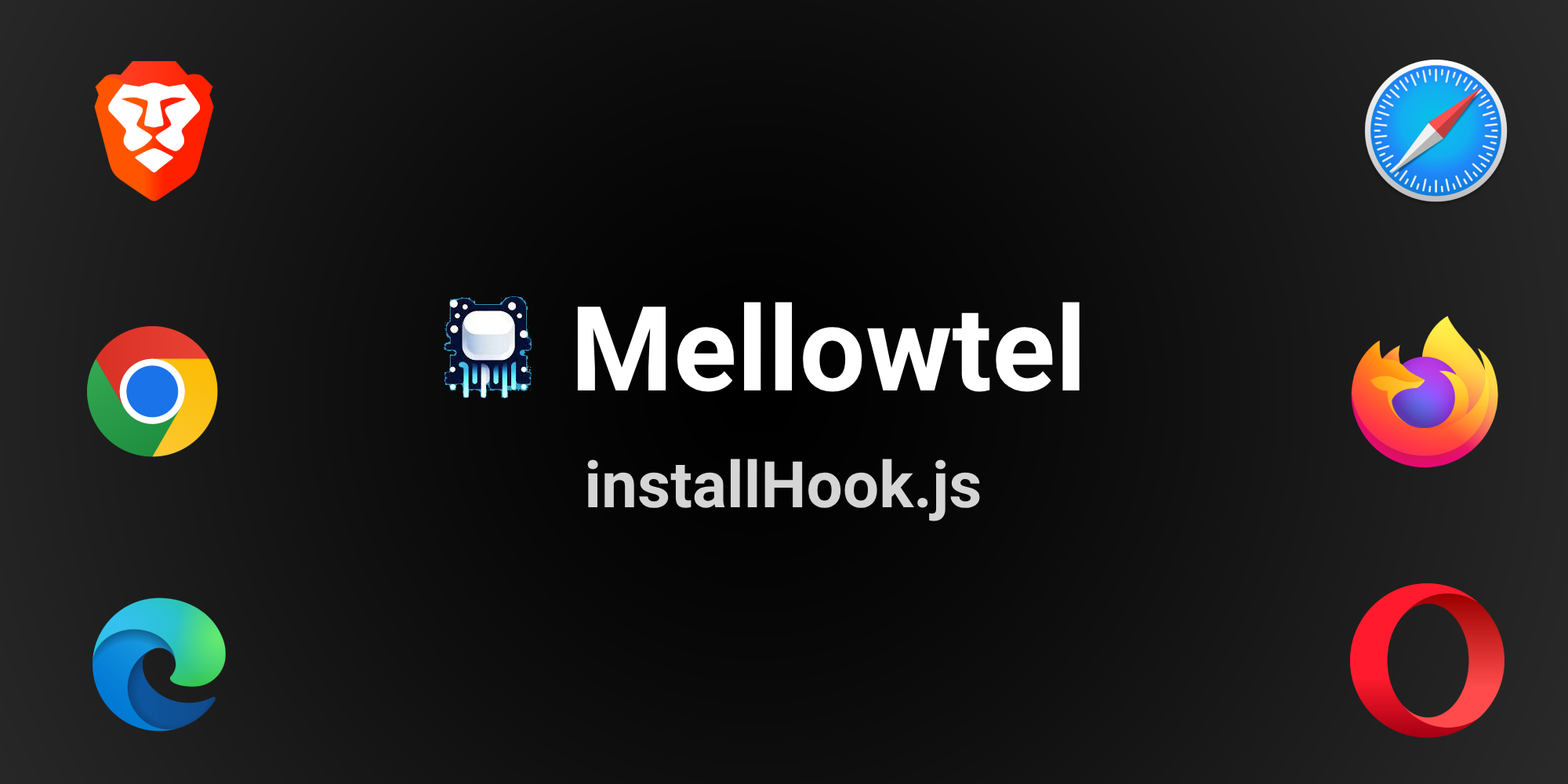Understanding Chrome Extension Files in Developer Tools: What is installHook.js ?
 Mellowtel
Mellowtel
Have you ever noticed unfamiliar files appearing in your Chrome Developer Tools while working on web projects? You're not alone. Many developers, especially those using React, have encountered a file called installHook.js. Let's explore its origins and how you can get rid of it.
What is installHook.js?
installHook.js is a file commonly associated with the React Developer Tools Chrome extension. It's not part of your project code, but rather a component of the browser extension designed to enhance the development experience for React applications.
Key Points About installHook.js:
Origin: It's loaded by the React Developer Tools extension, not your website.
Purpose: Helps set up the development environment for React applications.
Impact: Does not affect your application's performance for end users.
Visibility: Only appears in Developer Tools, not in production builds.
How to Identify and Deactivate the Responsible Extension
If you're seeing unfamiliar files in your Developer Tools and want to identify or deactivate the responsible extension, follow these steps:
Identify the File:
Open Chrome Developer Tools (F12 or Right-click > Inspect).
Go to the Network tab.
Refresh your page and look for the unfamiliar file (e.g.,
installHook.js).
Check the File URL:
Click on the file in the Network tab to see its details.
Look at the "Request URL" field.
If it starts with
chrome-extension://, it's coming from a browser extension.
Note the Extension ID:
The URL will look something like this:
chrome-extension://fmkadmapgofadopljbjfkapdkoienihi/build/installHook.jsThe long string of letters after
chrome-extension://is the extension ID (in this example,fmkadmapgofadopljbjfkapdkoienihi).
Find the Extension:
Open a new tab and navigate to
chrome://extensions/In the search bar at the top of the page, paste the extension ID you noted earlier.
The page will filter to show only the matching extension.
Deactivate or Remove the Extension:
To temporarily deactivate: Toggle off the blue switch next to the extension.
To remove completely: Click the "Remove" button.
Verify the Change:
Return to your original tab and refresh the page.
Check the Network tab in Developer Tools again to confirm that the file is no longer being loaded.
Remember, many extensions (like React Developer Tools) are helpful for development. Only deactivate or remove them if you're sure they're causing issues or if you're doing performance testing.
Alternative Methods to Disable Extensions
If you want to disable all extensions temporarily:
Use Chrome's Incognito Mode, which doesn't load extensions by default.
Launch Chrome with the
--disable-extensionsflag:On Windows: Right-click the Chrome shortcut > Properties > Add
--disable-extensionsto the end of the "Target" field.On Mac/Linux: Launch Chrome from the terminal with
google-chrome --disable-extensions
By following these steps, you can easily identify, deactivate, or remove any extension that's injecting files into your web pages, giving you more control over your development environment.
Should You Be Concerned?
Generally, files like installHook.js are harmless and even beneficial for development. However, if you're worried about performance during testing:
Disable extensions when profiling your application.
Use Chrome's incognito mode or the
--disable-extensionsflag when launching Chrome.
Subscribe to my newsletter
Read articles from Mellowtel directly inside your inbox. Subscribe to the newsletter, and don't miss out.
Written by

Mellowtel
Mellowtel
Easily monetize your browser extensions. Mellowtel is an open-source, ethical monetization engine that respects user privacy and maximizes your revenue.